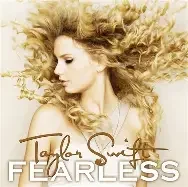-
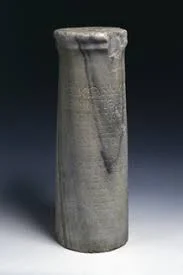 Is an Ancient Greek inscription that has the oldest musical notation that we have right now. The inscription was found on a pilar in the Greek town of Tralles in 1883.
Is an Ancient Greek inscription that has the oldest musical notation that we have right now. The inscription was found on a pilar in the Greek town of Tralles in 1883. -
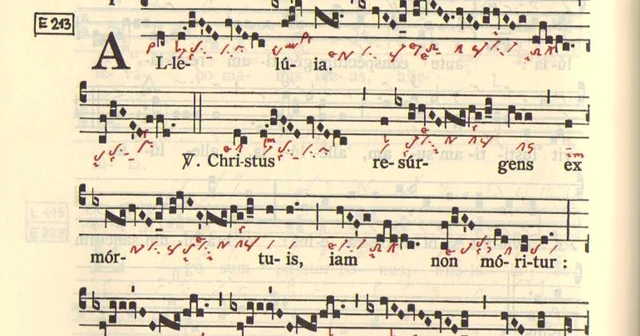 The purpose of each song was to teach the word of God to the faithful, so the text was more important than the music.
The purpose of each song was to teach the word of God to the faithful, so the text was more important than the music. -
He was an Italian music theorist and pedagogue of High medieval music, and he was a Benedictine monk.
-
She was a German Benedictine abbess and polymath active as a writer, composer, philosopher, mystic, visionary, and as a medical writer and practitioner during the High Middle Ages.
-
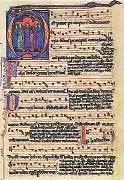 First polyphonic form developed.
First polyphonic form developed. -
-
Occitan troubadour, a figure in Provençal poetry and the main exponent of the trobar leu. Despite being one of the most popular authors of his time, his work was not truly appreciated until it was revived by Romanticism.
-
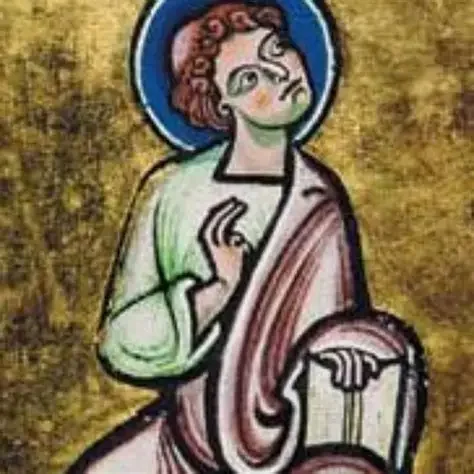 He, along with Perotin, is the first known composer of the polyphonic organum, associated with the Notre Dame School.
He, along with Perotin, is the first known composer of the polyphonic organum, associated with the Notre Dame School. -
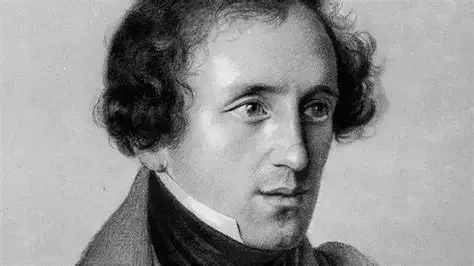 He was a composer associated with the Notre Dame school of polyphony in Paris and the broader ars antiqua musical style of high medieval music.
He was a composer associated with the Notre Dame school of polyphony in Paris and the broader ars antiqua musical style of high medieval music. -
He was the king of Castile from 1252 to 1284. Upon the death of his father, Ferdinand III the Saint, he resumed his offensive against the Muslims and occupied Jerez, Salé, the port of Rabat, and conquered Cádiz. He also confronted the Mudéjar revolt in Murcia and the Guadalquivir Valley.
-
He was a medieval French cleric, poet, and composer. He represented the Ars nova movement. And contributed to the development of the motet and secular song.
-
Polyphony is perfected and acquires greater rhythmic and melodic complexity.
-
-
Was a Florentine composer, poet, organist, singer and instrument maker, and a central figure of the music of the Trecento in the Italian peninsula.
-
Was a German inventor and craftsman who invented the movable-type printing press. Though movable type was already in use in East Asia, Gutenberg's invention of the printing press enabled a much faster rate of printing. The printing press later spread across the world, and led to an information revolution and the unprecedented mass-spread of literature throughout Europe.
-
He was a Spanish Renaissance composer and organist. Blind from childhood, he quickly rose to prominence as a performer and was eventually employed by the royal family. He was the first major Iberian keyboard composer.
-
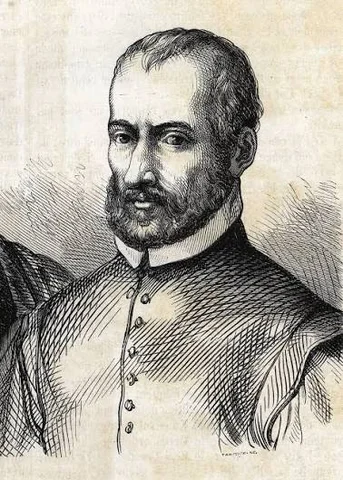 Was an Italian composer of late Renaissance music. With Orlande de Lassus and Tomás Luis de Victoria, Palestrina is considered the leading composer of late 16th-century Europe.
Was an Italian composer of late Renaissance music. With Orlande de Lassus and Tomás Luis de Victoria, Palestrina is considered the leading composer of late 16th-century Europe. -
Was a composer of the late Renaissance. Lasso stands with William Byrd, Giovanni Pierluigi da Palestrina, and Tomás Luis de Victoria as one of the leading composers of the later Renaissance.
-
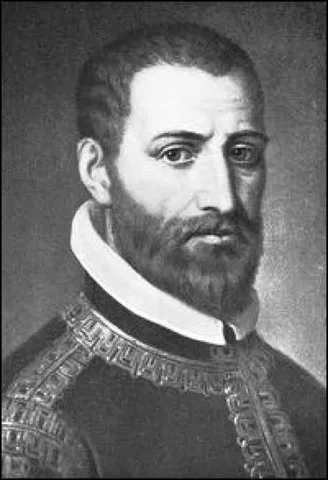 Was a Spanish composer and priest of the Renaissance, celebrated for his deeply expressive sacred music, considered among the finest of Spain’s Golden Age.
Was a Spanish composer and priest of the Renaissance, celebrated for his deeply expressive sacred music, considered among the finest of Spain’s Golden Age. -
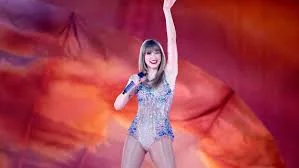
-
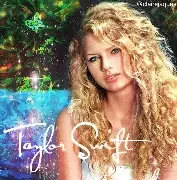
-
